Renewable Energy Systems 1: Assessment 1, Griffith University, 2019
VerifiedAdded on 2023/01/05
|10
|1017
|78
Homework Assignment
AI Summary
This document presents a comprehensive solution to a Renewable Energy Systems assignment, focusing on the analysis of electricity generation in Australia and solar energy applications. The assignment addresses four key problems: Firstly, it calculates the amount of electricity needed from renewable resources by 2020/21, considering growth rates and targets. Secondly, it proposes a mix of renewable energy resources to meet the demand, detailing the contribution of each source like hydro, wind, bioenergy, and solar PV. The third problem involves analyzing solar hot water systems, including graphing collector efficiency, determining heat transfer coefficients, and calculating useful energy gain and stagnation temperature. Finally, the assignment explores sun path diagrams, shading diagrams, and the hours of sunlight for different seasons, along with an analysis of energy resource trends and growth rates. The solution includes calculations, graphs, and discussions based on provided data and references.
1 out of 10


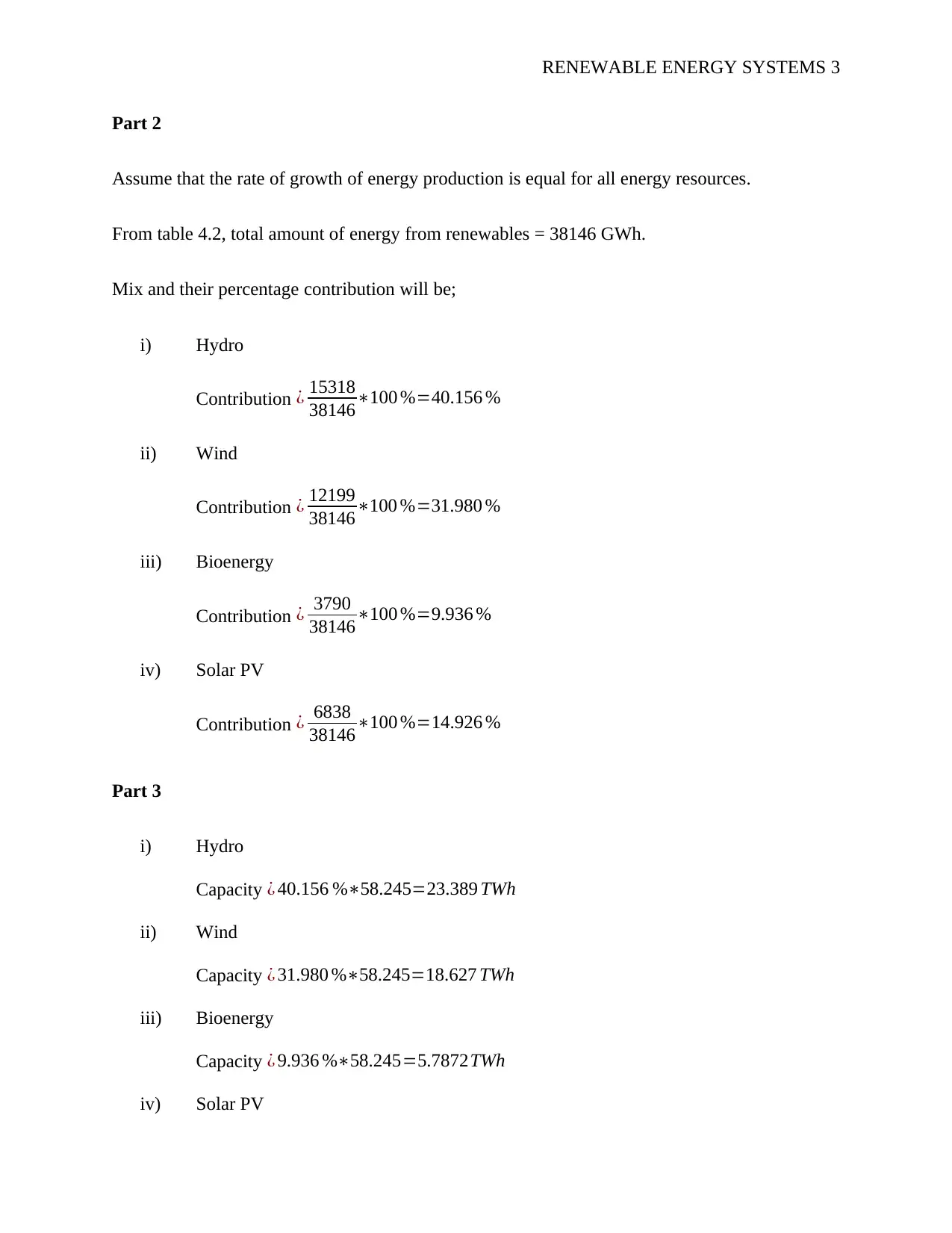

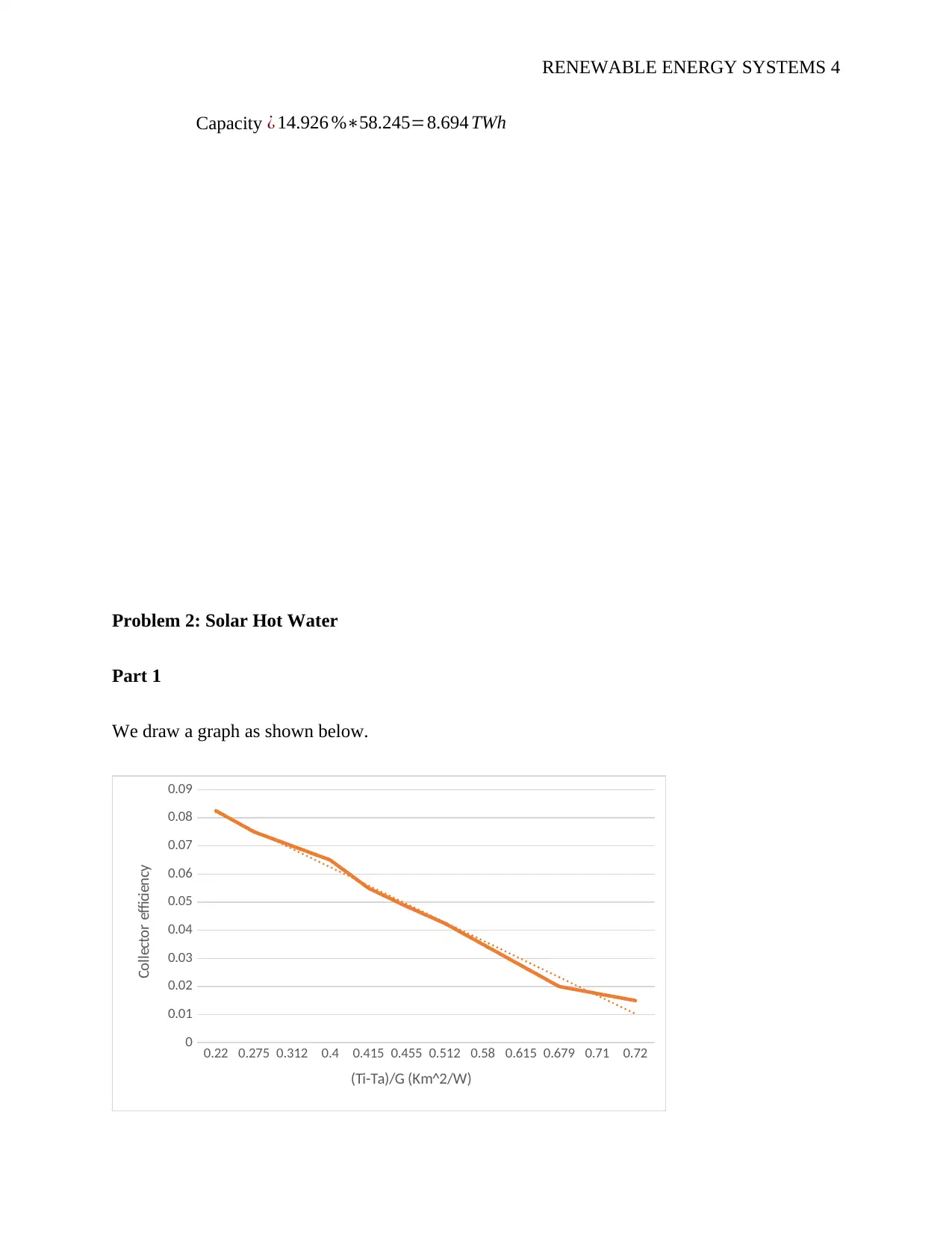
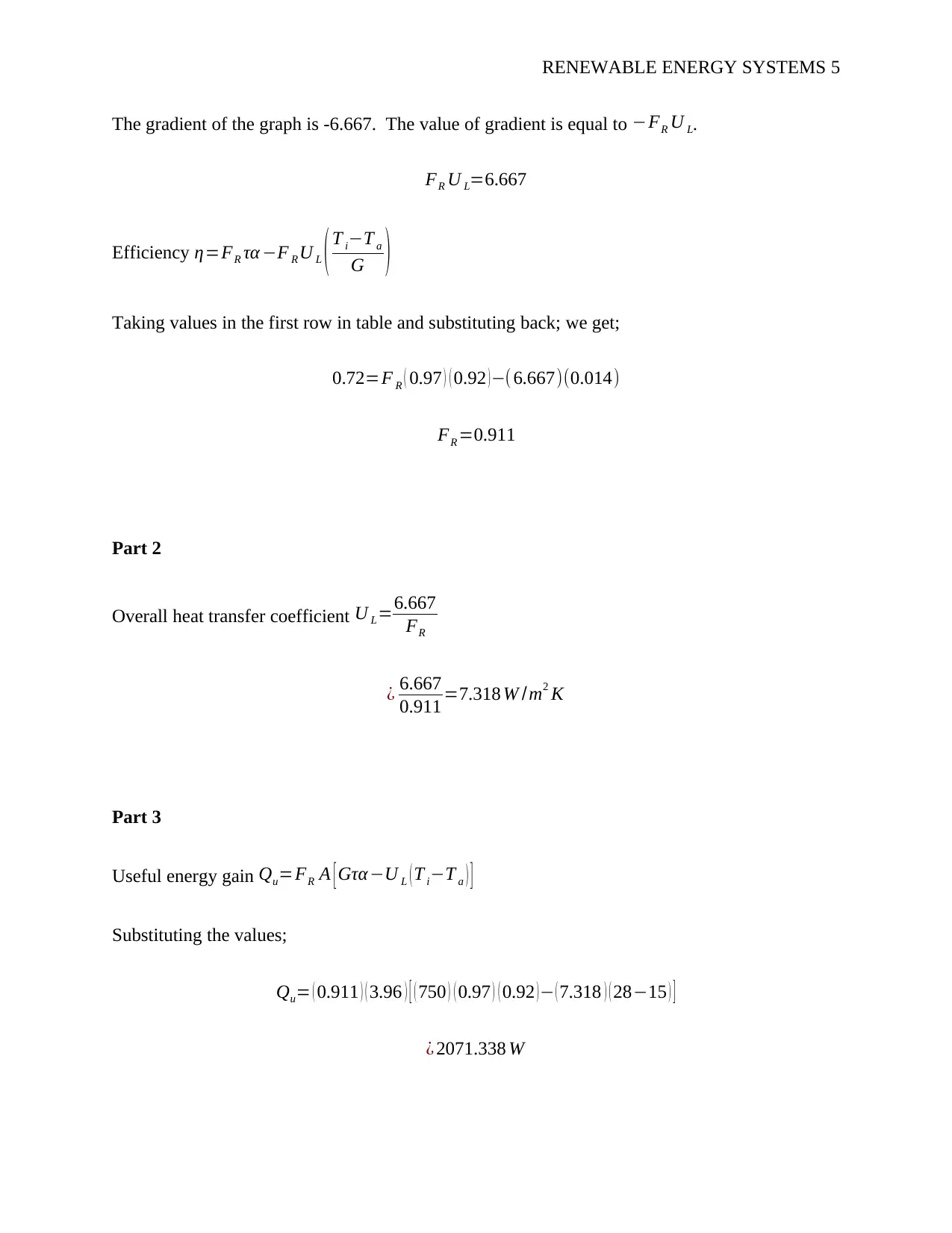
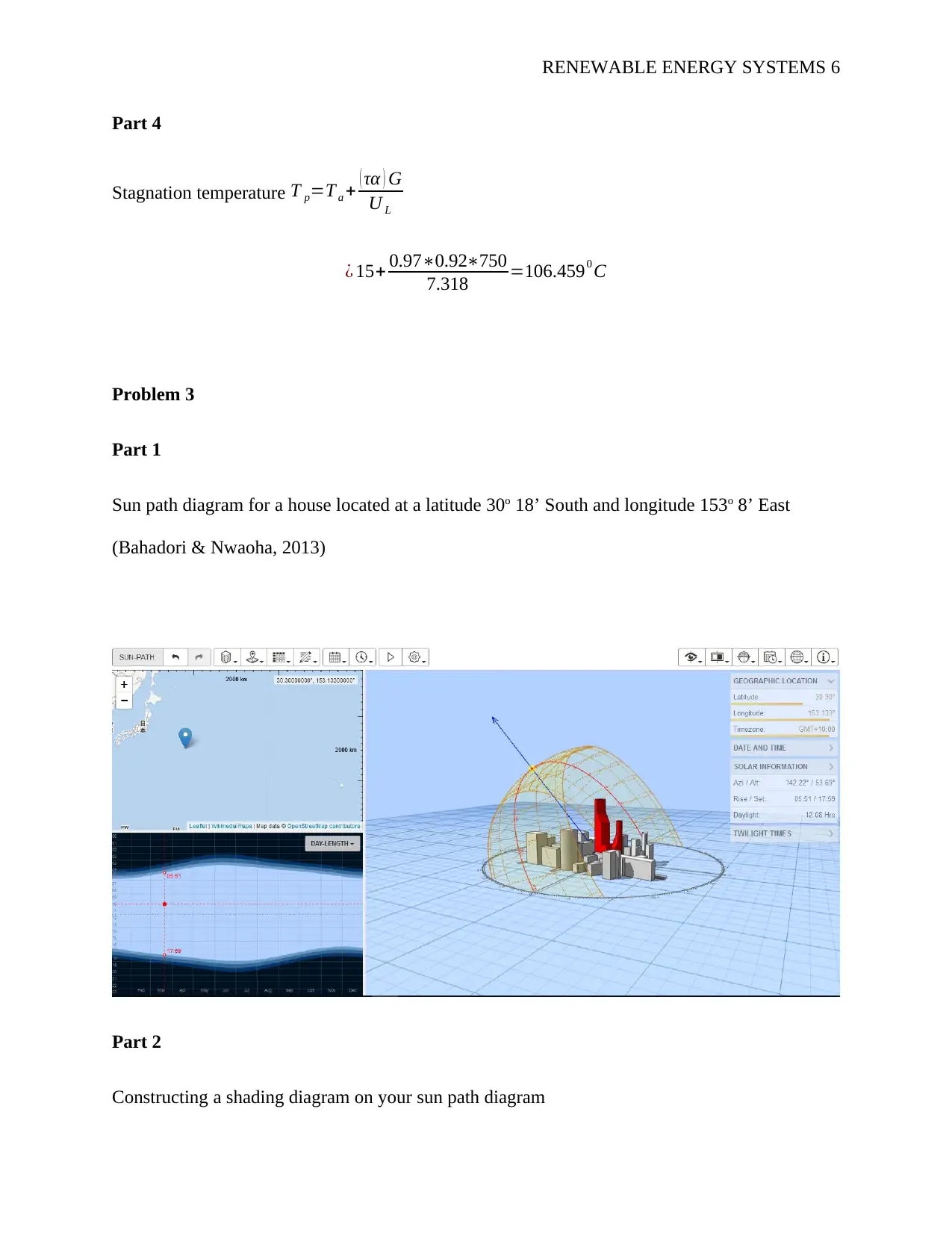

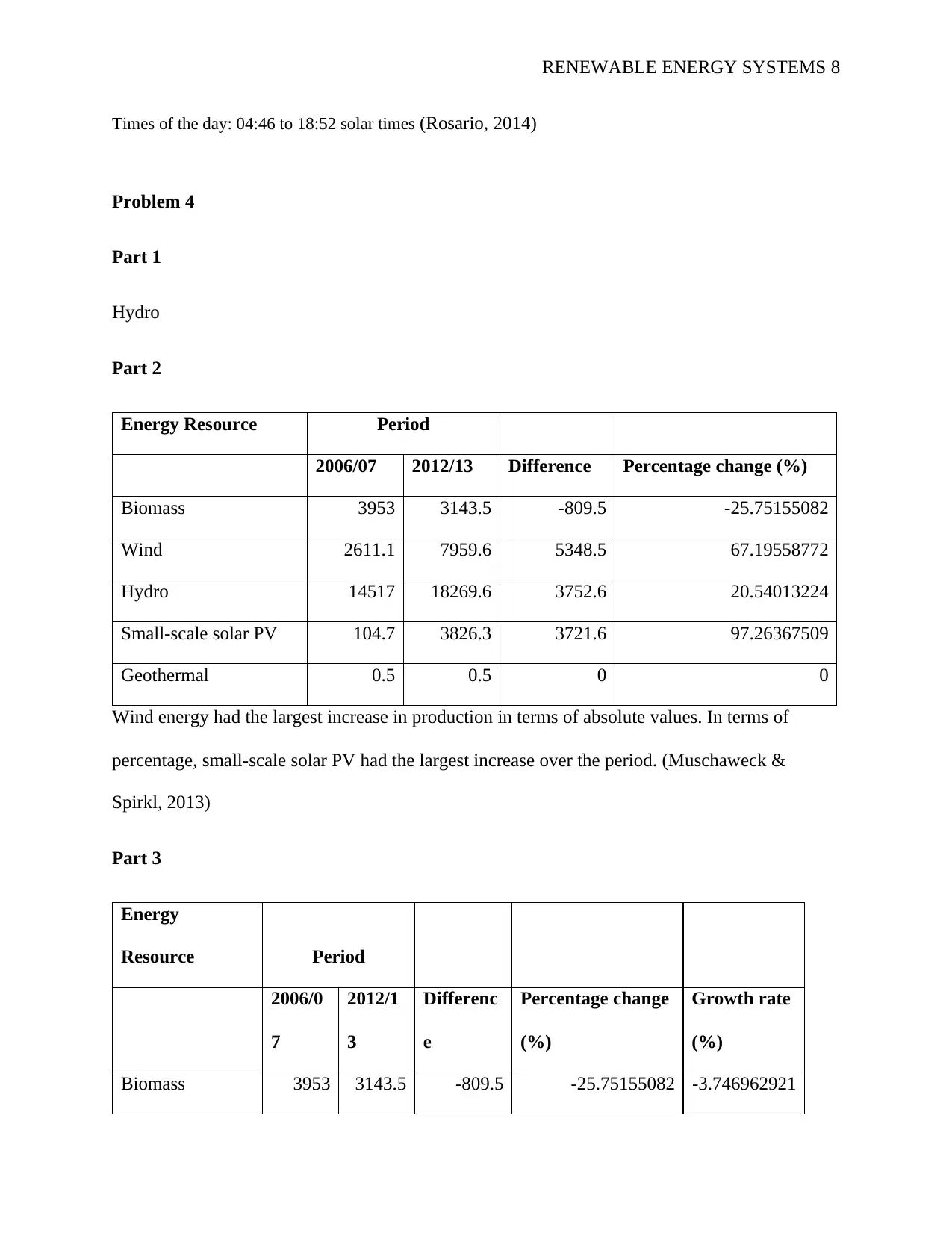



![[object Object]](/_next/static/media/star-bottom.7253800d.svg)